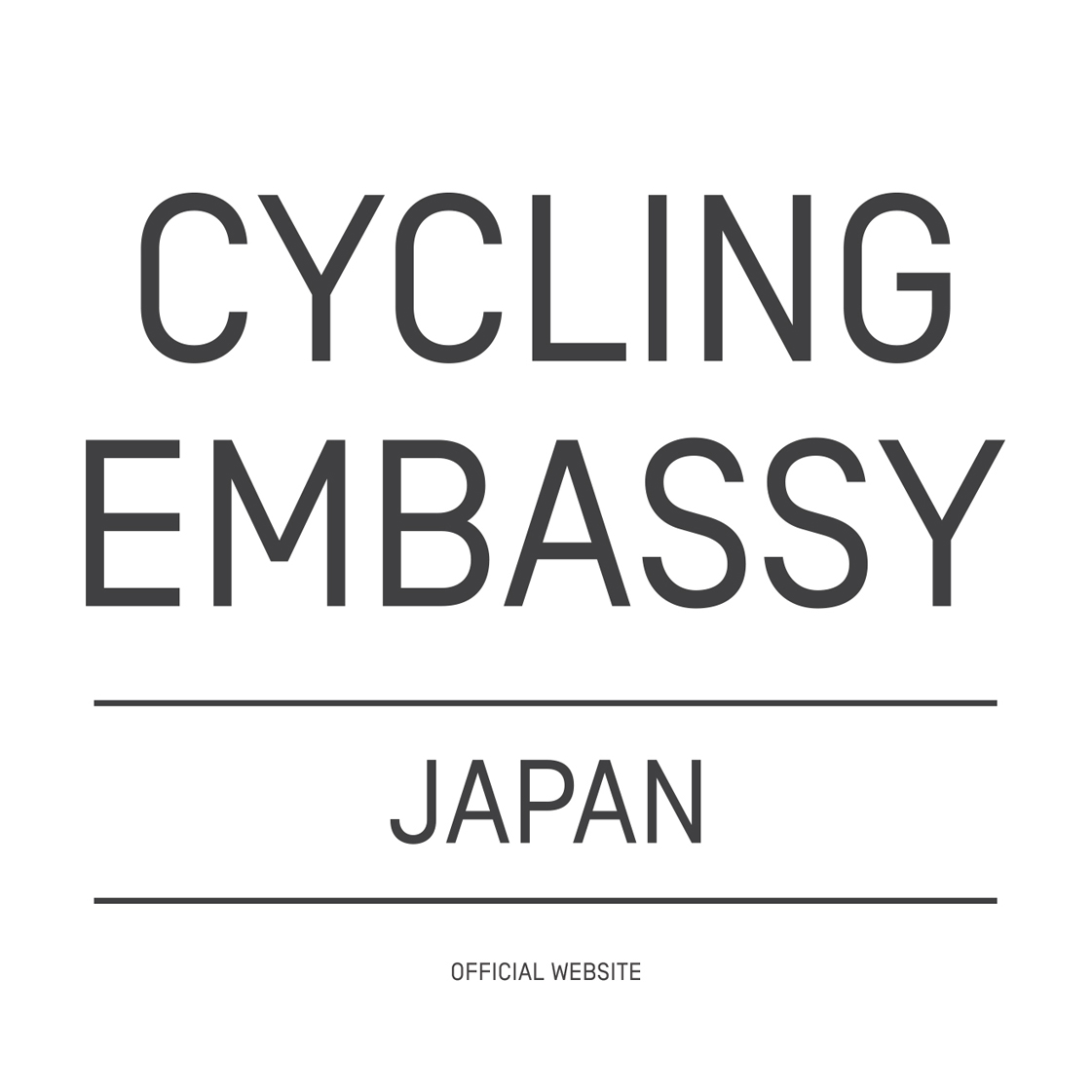#2 – KEIYO DORO |
|
|

This is the only protected lane on our list that utilizes road space – so high marks were awarded for a design that doesn’t take space away from pedestrians. It is quite lengthy and runs on both the north and south sides of the street. It is not especially nice to look at, and too narrow, but it is very functional and popular with a very high usage rate. Lots of kids and women can be seen using it – which doesn’t happen very often on streets with this level of auto traffic volume. Here, there is clear separation of pedestrians, people on bikes, and motor vehicles. On this very busy, high-traffic street – they could have tried to divide up the sidewalk or simply add a blue strip of paint next to the curb but they instead boldly decided to take space away from cars thus prioritizing safety of peds and cyclists – and that is commendable. I wouldn’t be surprised if it hasn’t already averted accidents and injuries.
SAFETY RATING ( 8.2 )
Transition points – The start of the bike lane is on the corner of a large intersection and is a common place for people to wait for a taxi. This could cause collision issues.
Cohesion – This bike path does not officially connect to other bicycle networks or bicycle friendly paths.
Obstacles – Unlike other bike paths they do a good job of keeping lamp posts in the berm between the pedestrian zone and the cyclist zone. However, they extended the tactile pavers (the yellow bumps for visually impaired people) into the cycle path.
Traffic Separation – Yes. This is why this bicycle path has such high marks. Vehicles, cyclists, pedestrians, and waiting bus passengers. Each have their own place.
Lighting – Lighting is from tall street lamps and is not specifically designed for the bike path or specifically at intersections where there are dark corners.
DESIGN RATING ( 8 )
Communication – Perhaps they did not have a very robust sign budget but there is very little being done to communicate that this bike lane is here and that it is tucked between the hedge and road. I have a feeling that some cyclists traveling along this road might not have even known the bike path was there.
Understandable – The “dismount” signs (歩道では、 自転車を降りて 歩きましょう) are everywhere. All the signs can be confusing but it is clear that the city thinks of cyclists as a nuisance and not an asset. The ground paint only has arrows and dashes. Arrows that indicate that this narrow 1m wide path is bi-directional.
Promotes Safety – There is one random diamond painted on the ground of the bike path in front of Denny’s. But there are no signs for vehicle drivers to be careful at intersections and look for cyclists. There are some warning signs to look for pedestrians but nothing warning drivers about the presence of cyclists.
Transition Instructions – Nope. No budget for helpful signs.
USEAGE RATING ( 8.5 )
Popularity – Amazingly people use the bike path. It is the best option along this part of the road.
Broad Spectrum – Over here in the older part of Tokyo it is more “outside” the city core and the cyclists are a good mix of young adults, teens, the elderly and parents.
Scalable – A meter wide with a concrete berm on one side and auto-centric city planners on the other side who would never give up vehicle space for cyclists. However, the way this design is made it would be easier to take away vehicle space if they needed to expand the bike lane and give each direction 1m wide lanes.
Majority Preference – It seems that the majority of the users will use the lane instead of riding on the street. It is attractive enough for riders to move off the sidewalk and over into the bike path.
IMPROVEMENTS
CURRENT

TIPS

Illustration purposes only. Feasibility studies would need to be conducted for viability for cost, local ordinances, and other unknown specification.
|






